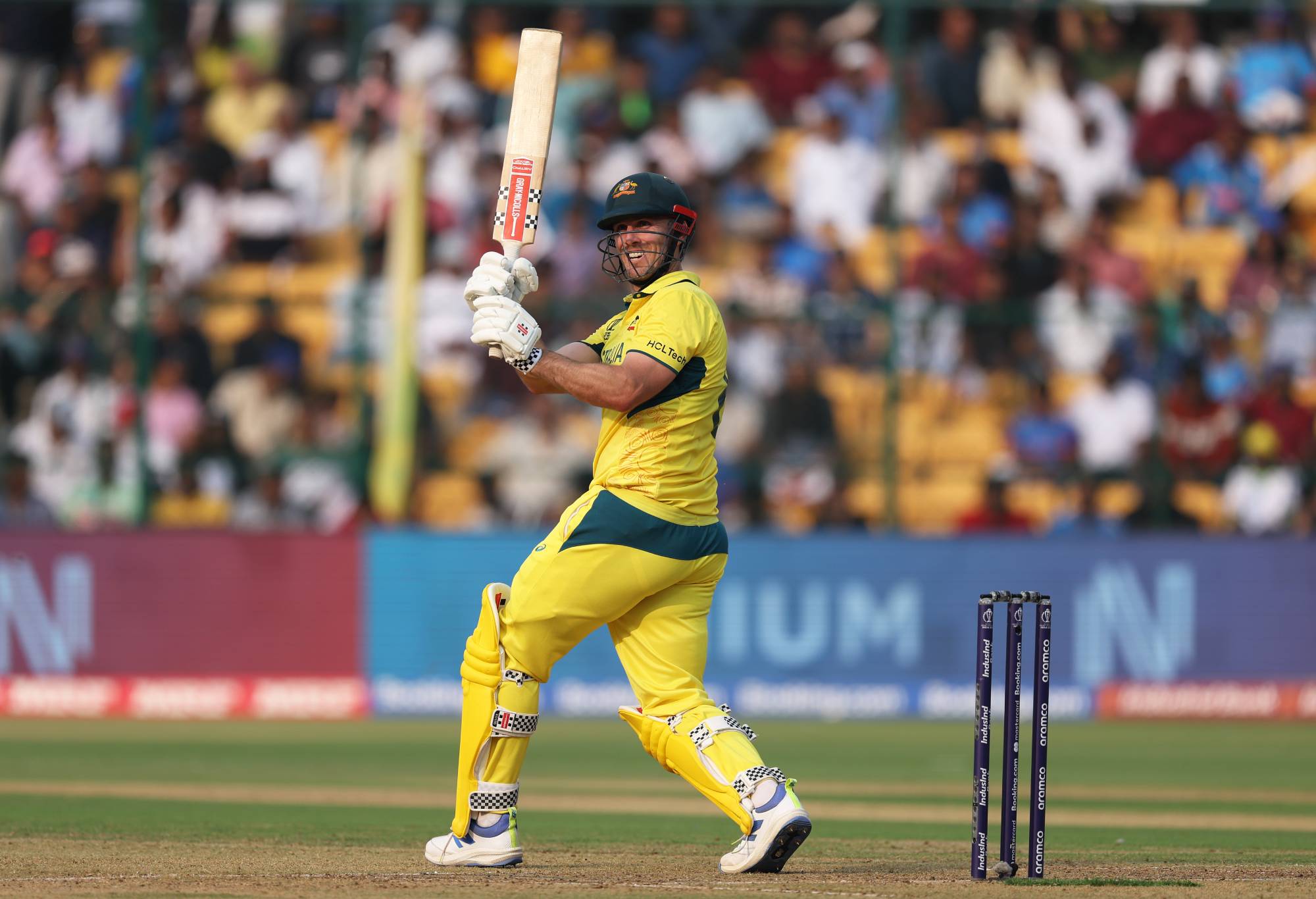Calamitous miss as Lucknow botch near certain run out with the game on the line
With Rajasthan needing 25 off 17, both batsmen ended up at the same end but the bowler dropped the throw from his teammate -…
As I watched Afghanistan chasing 283 to win their World Cup match against Pakistan, in the 38th over a man seated next to me threw up his hands and declared the match would not going to be close. I was getting similar messages from friends on WhatsApp, and other folks posting on X were lamenting another one-sided contest.
Sure enough Afghanistan cantered to an 8-wicket victory, another domination in a World Cup sorely lacking competitive games.
Before we dig deeper into this topic, let’s look at the popular definition of a ‘Close’ game. The common definition of a close game is when the chasing team goes into the last few overs of the match with all three results possible, for example a match like the epic MCG battle between India and Pakistan at the 2022 T20 World Cup.
Let’s have a look at the reasons why we haven’t had any such finishes in this World Cup… Yet.

Mitch Marsh. (Photo by Matthew Lewis-ICC/ICC via Getty Images)
In these days, most of the international teams play significantly fewer 50 overs games when compared to T20s. Some of them have different players in their test and white ball setups.
So the white ball players, who have grown used to T20 cricket, logically decided to approach the 50 overs format as an extended form of T20 rather than a shortened form of test cricket. Teams like England and Pakistan successfully adopted this extended T20 formula on their flat and firm pitches. However, when England adopted this approach on the slower and lower pitches featured in this World Cup edition, they were unable to score freely.
Similar is the case with Pakistan, whose T20 bowlers like Haris Rauf, Shaheen Afridi and Shadab Khan have failed to stitch a purposeful ten-over spell. However, the ‘old-fashioned teams’ such as India, whose approach and team construction were found wanting in T20 World Cups, have prospered in these conditions.
The lack of fifty overs preparedness has played a significant role in many of the potentially close games ending tamely.
World Cup 2023 has provided pitches that have varied in their nature across the venues. We saw slow turners in Chepauk, flat pitches in Mumbai and Bangalore, flat pitches with some help for spinners in Delhi, a seaming wicket in Dharamsala.
The varied conditions across venues have prevented teams from going with a ‘one size fits all’ approach, one that works in T20 cricket played mostly on flat batting wickets. However, the teams like India, whose key players are brilliant test players across the World, have dominated their games.

Virat Kohli celebrates his century against Bangladesh. (Photo by Pankaj Nangia/Getty Images)
These players have adjusted their batting and bowling to suit the day’s pitch, which is a trait that can be built only by playing test matches. We saw players from England fail to adapt to these varied conditions and go out slogging.
The way England dropped their T20 all-rounders and replaced them with specialists in their last game with South Africa was a loud admission to having failed to understand long-form cricket, especially when pitches are not roads and the ambient temperature is not 20 degrees Celsius.
Similarly, Pakistan’s opening bowlers, normally their trump cards, have found no swing to help them take wickets. Pakistani bowlers with predominantly T20 experience have no methods in their armour to keep batters quiet. They know no other method but to take wickets to slow down the opponents. Whereas, India, whose bowlers understand the art of containment, has applied the squeeze on the opponents during the middle overs and picked up wickets borne out of batters’ frustrations.
Like the players, many of our audience have forgotten the reason for watching long-form Cricket. Long-form cricket’s main selling point is the ebb and flow of the game during the match.

Jos Buttler. (Photo by Gareth Copley/Getty Images)
We saw how India’s bowlers fought back into the contest against Pakistan and New Zealand from a position where the batting team looked like they were heading to a match-winning score. In the same way, New Zealand managed to pull back India during their chase with quick wickets. However, India recovered and chased the target successfully.
These fluctuations of fortunes throughout the match are the essence of an excellent long-form match. The matches were absorbing when the contest was between two teams that knew how to play 50 over cricket, like India vs New Zealand or India vs Australia. When they were not, the better-suited teams found a way to snatch the advantage from their ill-suited opponents, just like how India took the game away from Pakistan in Ahmedabad.
As the chaff gets separated from the wheat in the first half of the tournament, the contests between the better-suited teams will surely get a lot closer. The advantage will seesaw between the two teams, like in a chess game, where the opening game and the middle game will be as important as the end game.